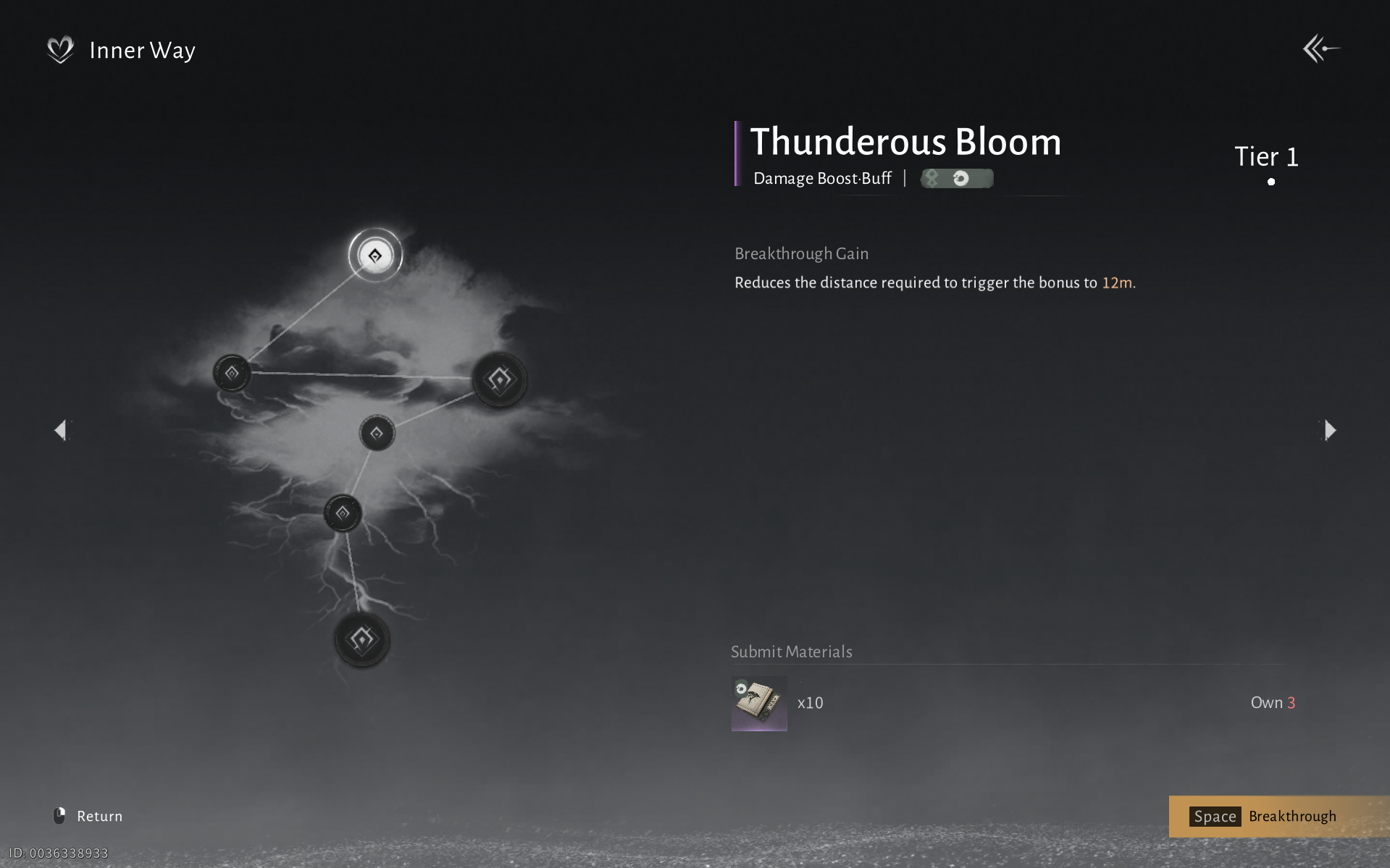Google’s newest additions to the Nexus family, the Nexus 4, Nexus 10 and the Nexus 7 32GB were announced earlier this week, despite Hurricane Sandy playing spoilsport. In a first of sorts, Google announced an unbeatable pricing of $299 for the unlocked Nexus 4. Considering the kind of cutting edge hardware and the latest Android 4.2 that it comes preloaded with, this is a very sweet and enticing price point indeed.
Google’s Director of Business Strategy for Android, John Lagerling, pictured above, recently opened up to The New York Times, and gave an insight on their thinking behind the Nexus brand positioning, the Motorola buyout, and Google’s overall approach towards how they intend to leverage the momentum gained so far towards the future.
Here are a few excerpts quoted from the interview with John.
On the surprisingly attractive pricing for the Nexus 4
Q: How did you get the prices lower?
A : Basically we felt that we wanted to prove you don’t have to charge $600 to deliver a phone that has the latest-generation technologies. Simply that level of margin is sometimes even unreasonable, and we believed that we could do this. For Nexus 7, we were able to ramp those new memory SKUs at the same price. These move so fast that we knew after a few months, from an economical perspective, it was doable. Between us and our partners we have a very good understanding of supply chains. We’ve all done the best we can to really reach these prices — $399, $299 is pretty amazing, if I may say so.
On where Motorola stands in the scheme of things now that Google has acquired it.
Q: Where does Motorola stand in all this? You haven’t used them yet for the Nexus program.
A: They stand where Sharp would stand, or Sony would stand or Huawei would stand. From my perspective as a partnership director, they are another partner. We are really walled between the Motorola team and the Android team. They would bid on doing a Nexus device just like any other company.
On the Motorola acquisition, and Google’s approach towards it:
Q: So how does Google take advantage of the Motorola acquisition?
A: The way I understand it is, it’s mostly about the patents, the way you can sort of disarm this huge attack against Android. We talked about prices. There are players in the industry who were unhappy about more competitive pricing for the consumers. They want to keep the prices high, they want to force the price to be so high that operators have to subsidize the devices very highly. That’s not only the Cupertino guys but also for the guys up in Seattle. They want higher margins, they want to charge more for software. We simply believe there’s a better way of doing it without extracting that much payment from end users, because there are other ways to drive revenues. Patents were used as a weapon to try to stop that evolution and scare people away from lower-cost alternatives. And I think with the Motorola acquisition we’ve shown we’re able to put skin in the game and push back.
On the conspicuous lack of carrier-based support for the Nexus 4
Q: With Nexus phones, the lack of carrier support is the big roadblock. Only having the marketing and retail support of one carrier — T-Mobile, in the case of the Nexus 4 — isn’t as good as having the Big Four. In the past you’ve sold Nexus phones through the Google online store, and it was a failure.
A: Nexus One was very early. People didn’t know what Nexus was or what Android phones were. I feel we’re in a very different environment now and I feel the Nexus 7 has set the stage for the Nexus program at a new level, so we feel the time is right.
And this is a really interesting part – the multiple OEM Nexus approach.
Q: I noticed each Nexus device is made by a different manufacturer. Is this to keep the playing field fair for Android partners?
A: It’s not so much fairness as it is to sort of work with partners who happen to be in good “phase match” with us in what we’re trying to do. So Samsung just happens to be in a good phase match on a high-end display, which is exactly what we wanted to do at a low cost. LG had a good phase match with the hardware they were working on. Asus as well. It’s just more about the timing being right.
The full interview is quite detailed and lengthy, and you can read it on the NYT blog. The takeaway from the entire discussion though, is that Google now has its overall strategy for Android, as well as the Nexus brand well worked out, and we can expect a lot more from the software, great price-performance hardware, and services, now and in the future. The $299 pricing for the unlocked Nexus 4 really hit the spot, and like John says, it is truly revolutionary. We are inclined to agree, what do you think?













Discussion